On the same day, the Les Veillées du Cénacle group organised another Europa 18 event in Berlin, following the same concept. On their website, the group points out that artists from various -isms “have sought to overcome the trauma of war and to denounce its horror through their works”. At the Paris event, this was done through a cathartic combination of electronic music, visual art and film.
Purifying the mind from warlike instincts
The performance by Luc Bydon, aka DJ Protokol, created an uneasy sentiment among the audience with atmospheric music, whilst close-ups of drawings of World War I soldiers’ agonised faces slowly slid on the screen. An image of a devastated soldier whose left eye had been covered by a white bandage alternated with one of a grimacing young man whose forehead was being pierced by a bullet, and another of an officer whose mouth had been mutilated. Bass beats reminiscent of explosions built tension, while passages from anti-war literature intermittently flashed on the screen.
Soon after the eye bandage had changed to a cubic-shaped full-face mask, the drawn images on the screen began to be interspersed by close-up film footage of a wounded, perhaps dying, soldier shuddering on a hospital bed, with his face covered by an identical cubic mask. [1] The crescendo of music completed the emotional experience.
Afterwards, a fellow JEF member observing the performance next to me called the experience a ‘vaccination against the desire to make war’. If the purpose of the performance was, following the website, to help us overcome the trauma of war, the vaccination metaphor was apt – the experience itself was intended as slightly traumatic, and the desired impact certainly is to dissuade us from moving along with the masses, should our leaders ever again seek to send us to the battlefields to kill one another.
“Channelling” violent tendencies to avoid war
The performance was followed by an expert intervention on modern-day French military strategy, and after a break; a debate on whether federalism is a way to “make war impossible”. The intellectual content of the discussions was diverse: at one moment we were discussing the use of “space forces” for debilitating GPS satellites; at another, we were debating whether lust for conflict and war are an inherent feature of the human condition.
At the debate, Ferghane Azihari, who works for various liberal and libertarian think tanks, compared war to crime – we seek to reduce it as much as we can but a society with no crime at all is difficult to imagine. Aurélien Brouillet from the Union of European Federalists, on the contrary, asserted that even if violent and destructive tendencies were innate in human beings, that violence can be “channelled” in other ways than through the “institutionalisation of violence” that is war.
Whichever way it is, however, both speakers agreed that the nation-state is not the self-evident or even the best level for guaranteeing our security against belligerent threats. What we do know for certain is that if the goal of a good political system is to bring out the best in human beings and to avoid the escalation of disagreements to violence; the system of European nation-states has consistently failed us. It may be that no system can guarantee eternal peace, but a federal Europe would bring us closer. Or who knows – maybe the ones who can truly salvage us are not the politicians, but the talented artists.
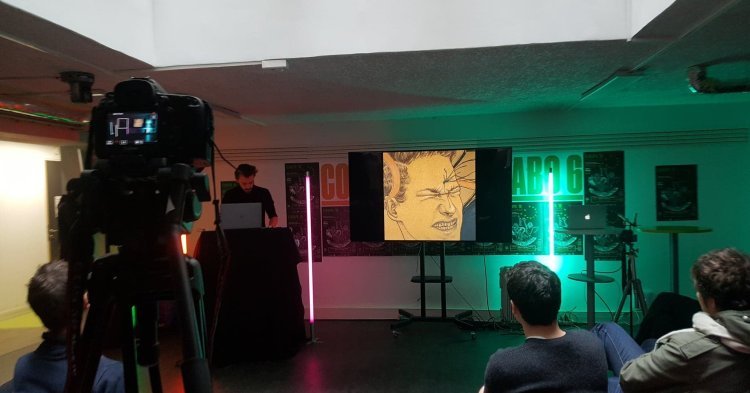
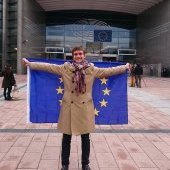
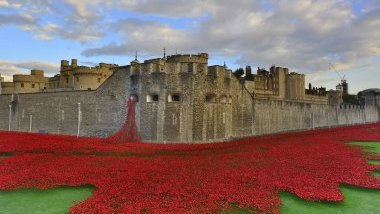
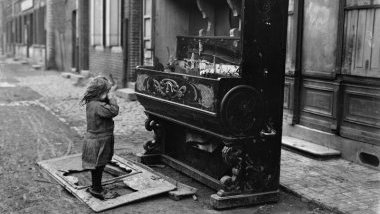
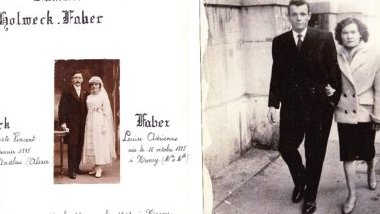
Follow the comments: |
|
